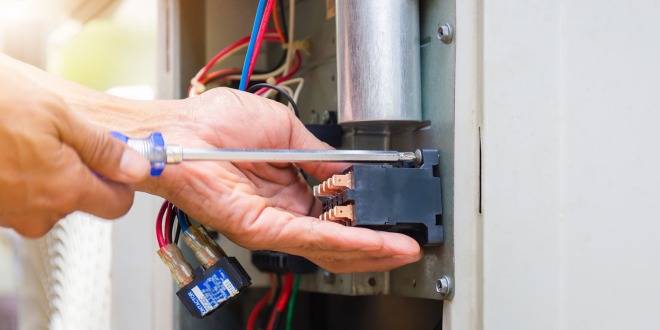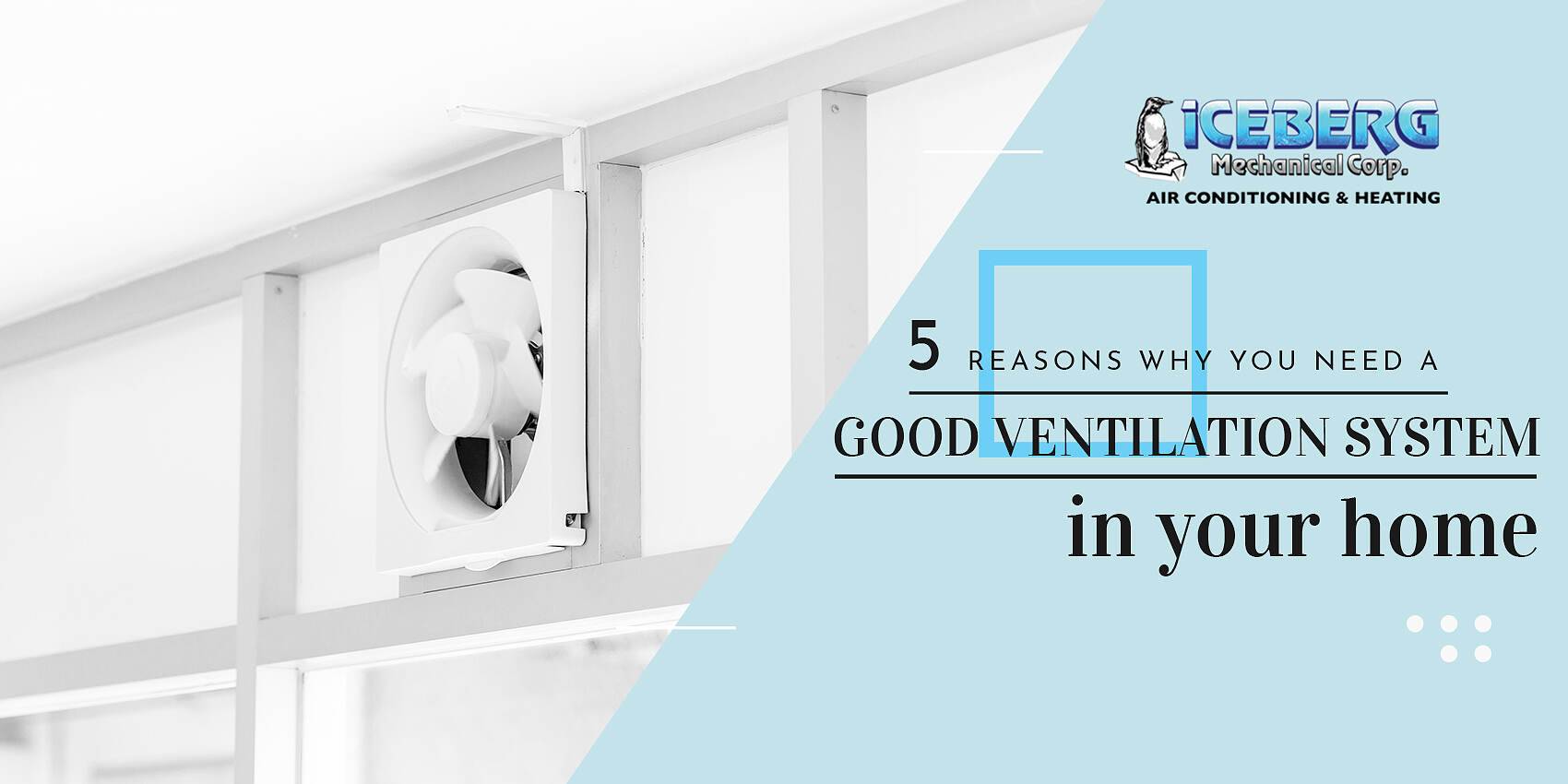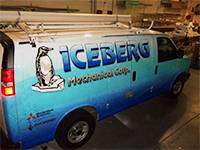
For homeowners and business owners in Brooklyn, NY, understanding HVAC air distribution systems and ventilation is crucial for maintaining a comfortable, healthy, and energy-efficient environment. This comprehensive guide will cover everything you need to know to make informed decisions about your HVAC and ventilation needs.
Understanding HVAC Air Distribution Systems
HVAC air distribution systems are the backbone of indoor climate control, ensuring that every room in your home or business in Brooklyn, NY, maintains your desired level of comfort. These systems are designed to efficiently circulate heated or cooled air, but their effectiveness hinges on several factors, including the type of system installed and its components. Let’s dive deeper into the nuances of HVAC air distribution systems and their ability to supply air to your home.

Types of Air Distribution Systems
Forced Air Systems: The most prevalent type of HVAC system, forced air systems use a network of ducts and fans to push air throughout the building. These systems are versatile, capable of heating, cooling, ventilating, and filtering the air. They work by drawing in air through a return duct, heating or cooling it, and then distributing it via a series of ducts and vents into different rooms.
Radiant Systems: Unlike forced air systems, radiant heating provides warmth directly from hot surfaces to the people and objects in a room. Commonly, radiant heating involves the installation of hot water tubes or electric heating coils beneath the floors or within walls. Radiant cooling, though less common, operates on a similar principle by circulating chilled water through panels or tubing to absorb heat from a room.
Components of Air Distribution Systems
Each component in an HVAC air distribution system plays a specific role in ensuring efficient and effective air movement:
Ductwork: The network of ducts is the system’s arteries, distributing air throughout the building. Properly designed and sealed ductwork is crucial for minimizing energy loss and ensuring even air distribution.
Vents: Vents are the visible part of the system where air enters a room. Placement and size are critical for optimal air flow and comfort levels.
Registers: These are specialized vents equipped with dampers that can be adjusted to control the flow of air into a room. Proper adjustment of registers can help balance the system, ensuring even temperatures throughout the space.
Diffusers: Diffusers are used primarily in commercial HVAC systems to evenly distribute air in various directions, depending on the design of the space. They help in reducing drafts and in mixing the air efficiently in a room.
Air Handling Unit (AHU): The AHU is the heart of the HVAC system, housing components like fans, filters, heating and cooling coils, and dampers. It is responsible for taking in return air, conditioning it (heating/cooling, filtering, humidifying/dehumidifying), and then circulating it back into the building.
The Role of Ventilation in HVAC Systems

Ventilation plays a pivotal role in HVAC systems, far beyond simple air exchange. It is a critical component for maintaining indoor air quality, ensuring the health and comfort of occupants, and preserving the integrity of buildings. In densely populated areas like Brooklyn, NY, where pollutants from both indoor and outdoor sources can accumulate, the importance of effective ventilation cannot be overstated. Let’s delve deeper into how ventilation impacts indoor environments.
Removing Indoor Pollutants
Indoor air quality is significantly affected by various pollutants, including volatile organic compounds (VOCs) from paints and furnishings, emissions from appliances, particulate matter from outdoor air, and even carbon dioxide exhaled by occupants. Inadequate ventilation can lead to the accumulation of these pollutants to levels that can pose health risks, such as respiratory issues, headaches, and fatigue.
Ventilation systems, whether natural, mechanical, or a hybrid of both, work to dilute and remove these pollutants by introducing fresh outdoor air while expelling stale indoor air. This exchange helps to reduce the concentration of pollutants inside buildings, contributing to a healthier living and working environment. For example, mechanical ventilation systems equipped with HEPA filters can effectively remove particulate matter and other pollutants from incoming air, ensuring that the air introduced into the space is clean.
Controlling Moisture Levels
Moisture control is another crucial aspect of ventilation. Excess humidity can lead to a host of problems, including mold growth, which not only damages building materials and finishes but can also have serious health implications. Mold spores and damp environments can exacerbate or lead to respiratory conditions, allergies, and other health issues.
Ventilation helps to control moisture levels by exchanging humid indoor air with drier outdoor air. In colder climates, or during the winter months, mechanical ventilation systems can include heat recovery ventilators (HRVs) or energy recovery ventilators (ERVs) that exchange heat between incoming and outgoing streams of air. This process helps in maintaining comfortable humidity levels without a significant loss of heat, ensuring energy efficiency. In warmer, more humid climates, or during summer months, ventilation works alongside air conditioning systems to remove excess moisture from the air, enhancing comfort and preventing moisture-related issues.
Importance of Proper Ventilation Design
The design of a ventilation system is critical to its effectiveness. It must be tailored to the specific needs of the building and its occupants, taking into account factors such as the building’s size, layout, occupancy levels, and local climate conditions. Properly designed ventilation systems ensure adequate air exchange rates, effectively remove pollutants and moisture, and distribute fresh air evenly throughout the space.
In urban environments like Brooklyn, NY, where buildings are often closely packed and outdoor air quality can vary, the design of ventilation systems must also consider the quality of the air being brought into the building. This may involve incorporating air purification systems or adjusting intake locations to ensure that the air introduced into the building is as clean as possible.
Maintenance Tips for HVAC Air Distribution and Ventilation Systems
Maintaining your HVAC and ventilation systems is crucial for ensuring they operate efficiently, provide clean air, and maintain indoor comfort levels. Regular maintenance not only extends the lifespan of these systems but also prevents minor issues from escalating into costly repairs. Here are some detailed maintenance tips to keep your systems in top condition:
Regular Duct Cleaning
Ducts are the pathways through which heated or cooled air travels throughout your home or business. Over time, these can accumulate dust, debris, and even mold, leading to reduced air quality and system efficiency. Regular duct cleaning involves:
Inspection: Checking for dust accumulation, obstructions, and signs of mold or pest infestations.
Cleaning: Using high-powered vacuums and brushes to remove debris from the ducts.
Sealing and Repairing: Fixing any leaks or gaps in the ductwork to prevent air loss and contamination.
Clean ducts ensure efficient airflow and prevent the circulation of pollutants, contributing to a healthier indoor environment.
Filter Replacement
The filters in your HVAC system play a critical role in trapping dust, pollen, and other airborne particles, preventing them from circulating through your space. Over time, filters can become clogged, reducing air flow and forcing your system to work harder, which can lead to increased energy consumption and reduced lifespan of the system. To maintain optimal air quality and system efficiency:
Regular Replacement or Cleaning: Check manufacturer’s recommendations for how often to replace or clean your filters. Some systems use disposable filters, while others have reusable ones that can be cleaned.
Choosing the Right Filter: Consider upgrading to HEPA filters or those with a higher MERV (Minimum Efficiency Reporting Value) rating for improved air quality, especially in areas with high pollution levels or for individuals with allergies.
System Check-Ups
Annual or bi-annual inspections by a professional HVAC technician can help identify and address potential issues before they become significant problems. These check-ups typically include:
Overall Inspection: Examining the HVAC and ventilation systems for signs of wear and tear, checking for proper operation, and ensuring that all components are in good condition.
Cleaning and Servicing: Cleaning components such as the evaporator and condenser coils, checking refrigerant levels, and lubricating moving parts to ensure smooth operation.
System Testing: Running the system to check for any issues with airflow, thermostat accuracy, and overall system performance.
Professional inspections can also provide an opportunity to get expert advice on your system’s condition, potential upgrades, and tips for improving efficiency and air quality.
Additional Tips
Keep Vents Clear: Ensure that furniture or other objects are not blocking air vents to maintain proper air circulation.
Monitor Humidity Levels: Use a hygrometer to check indoor humidity levels, aiming for a range between 30-50% to prevent mold growth and ensure comfort.
Educate Occupants: In commercial settings, educating employees about the importance of maintaining a clean environment can help reduce dust and debris that the HVAC system must filter out.
By adhering to these maintenance tips, homeowners and business owners in Brooklyn, NY, can ensure their HVAC and ventilation systems operate efficiently, providing comfortable and healthy indoor environments year-round. Regular maintenance not only safeguards your investment but also contributes to energy savings and a reduced environmental footprint.
Breathe Easy with Iceberg Mechanical 🍃💨
Elevate your indoor comfort and air quality with Iceberg Mechanical. Our expert team is ready to design, install, and maintain the perfect HVAC air distribution and ventilation system for your Brooklyn home or business. Experience the difference of a tailored solution that meets your unique needs. Contact us today, and let’s create a fresher, healthier indoor environment together.






